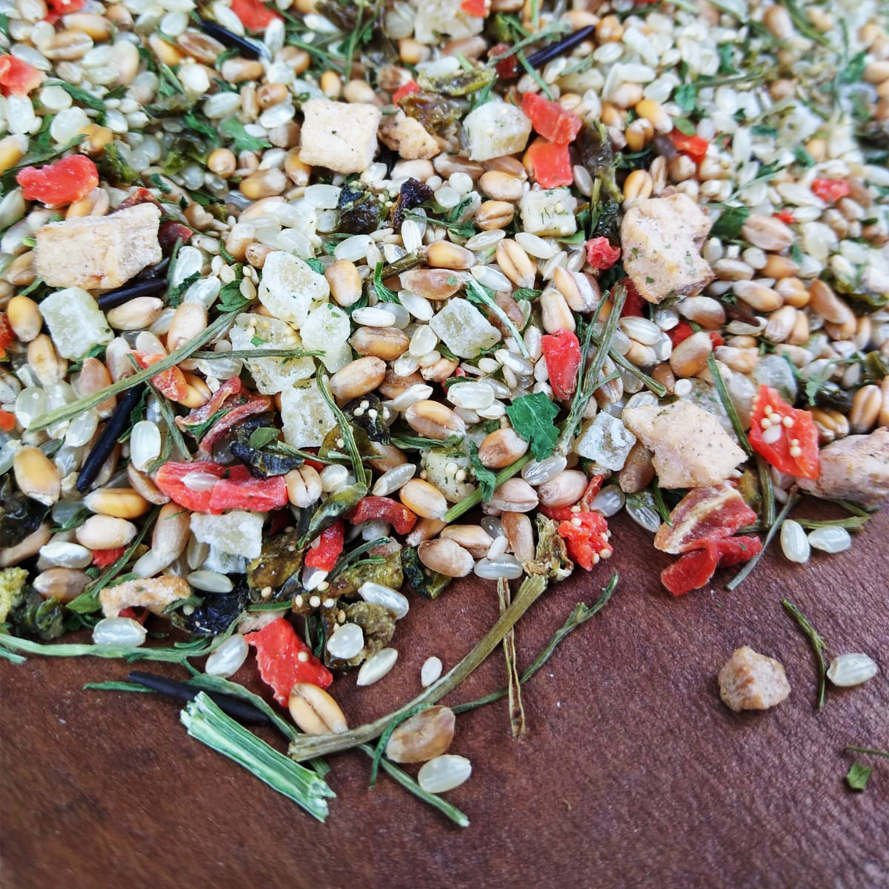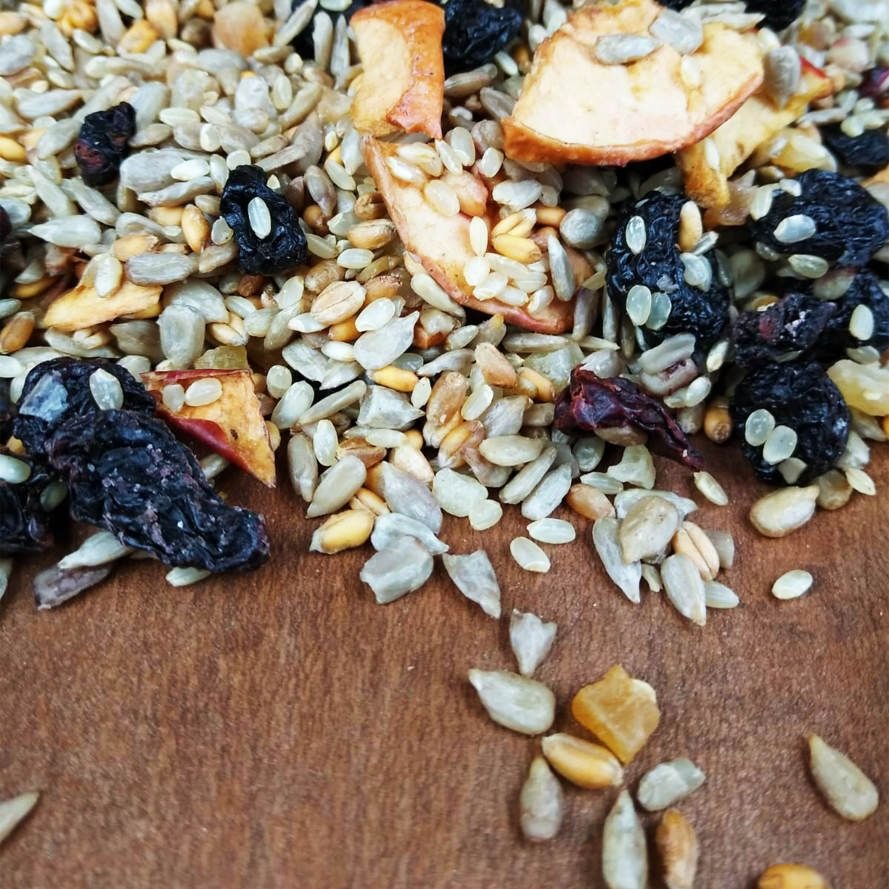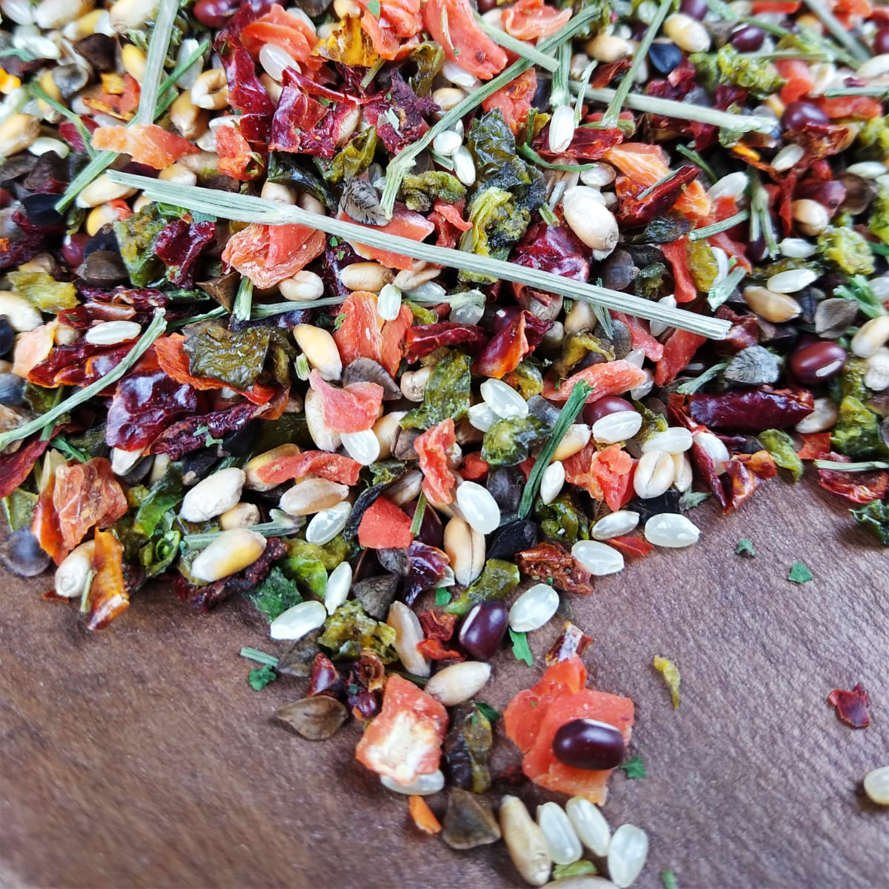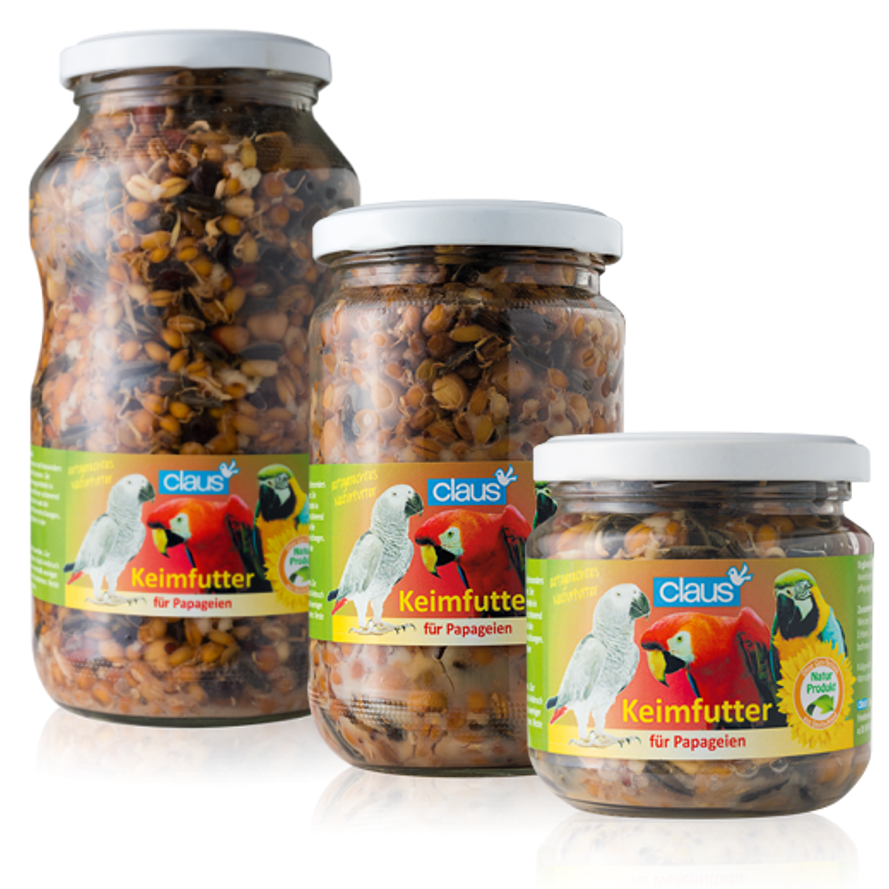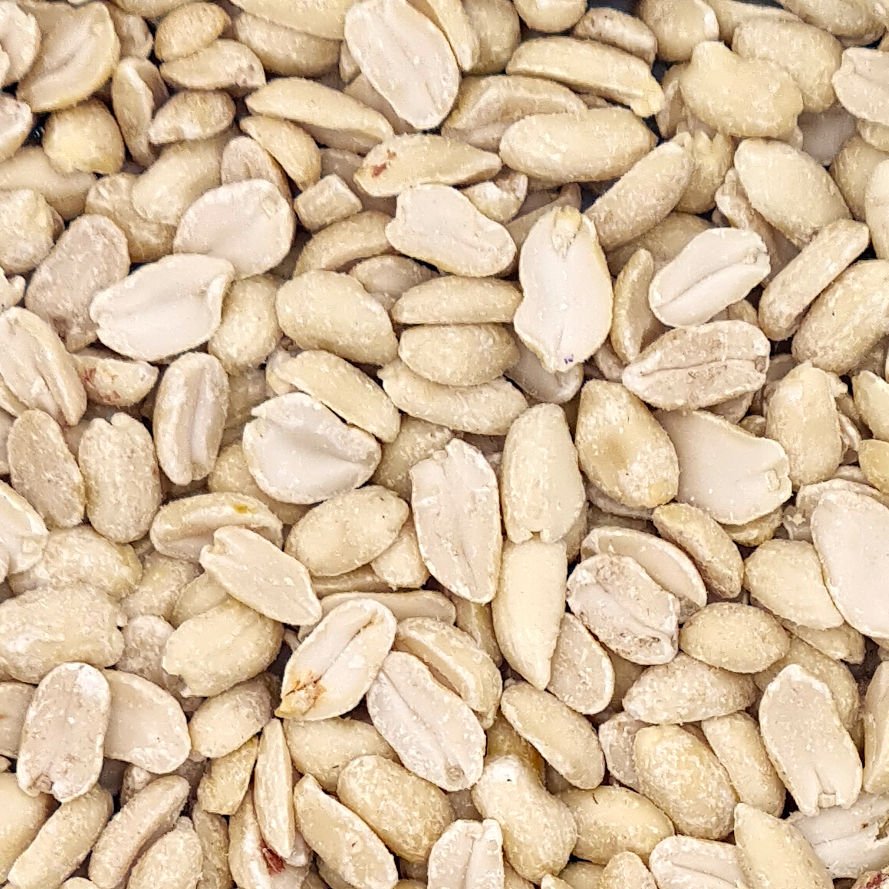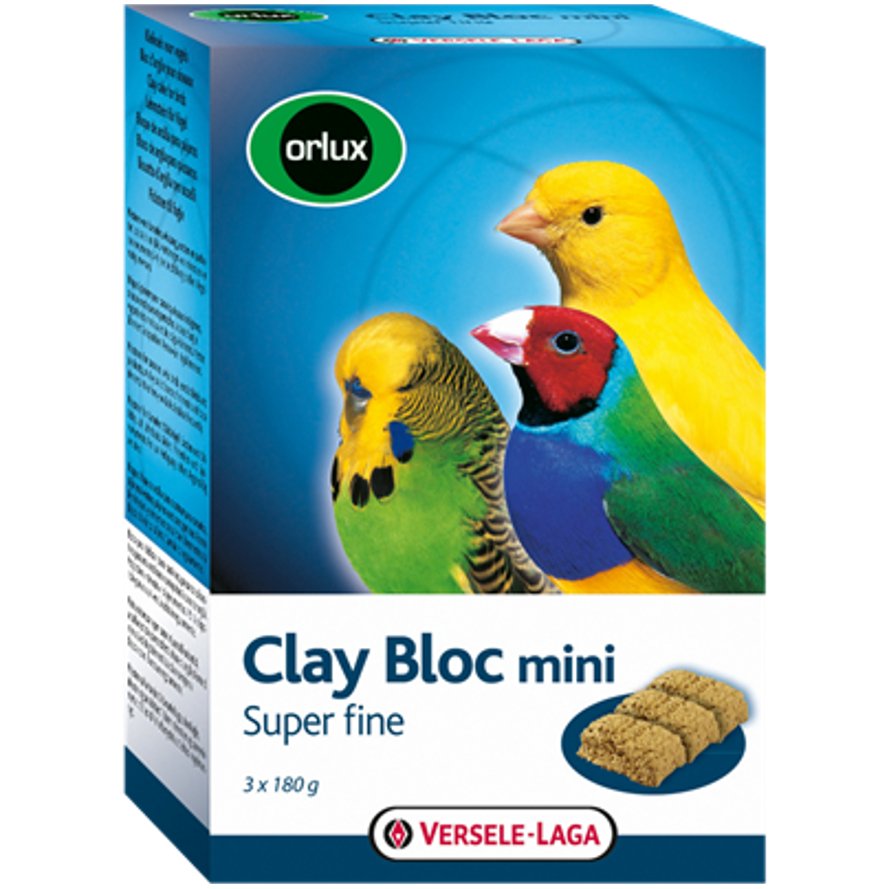
The best Amazon food can be found here
Hey you! Welcome to our online shop for healthy and low-fat feed for Amazons! Here you will find everything you need for healthy feeding of your feathered friends. From high-quality, low-fat seed mixtures to vitamin-rich snacks - your Amazon parrot is well looked after with us. Convince yourself of our selection and ensure a healthy and low-fat diet for your feathered darlings!- Very high proportion of vegetables
- Contains high-quality, small-grain oilseeds
- balanced ratio between fruit and vegetables
- satiating
Content: 0.5 kg (€9.00* / 1 kg )
- Fruit & rice for large parakeets & parrots
- filling
Content: 0.5 kg (€9.00* / 1 kg )
- Cooked food with vegetables based on wheat & rice
- for large parakeets & parrots
- satiating
Content: 0.5 kg (€9.00* / 1 kg )
- With 9 different flowers from natural medicine
- Flowers can also be used for tea
Content: 0.1 kg (€45.00* / 1 kg )
- Improved recipe of the Health Extra
- High-quality herbal seeds known from herbal medicine
Content: 0.5 kg (€20.00* / 1 kg )
- as a food supplement or tea
- suitable for all parakeets and parrots
Content: 0.5 kg (€22.00* / 1 kg )
- ready-to-use sprouted food for large parrots
- important nutrients, minerals and vitamins
Content: 0.21 Liter (€21.86* / 1 Liter )
- as an extra portion of vitamins, for feeding or as a treat
- made from 100% natural fruit, berries and vegetables
Content: 0.5 kg (€22.00* / 1 kg )
Darüber freut sich dein Liebling...
The Amazon parrots: a profile
How to hold an Amazon?
A minimum of species-appropriate keeping can only be achieved with an aviary where the Amazons can fly sufficiently. If then still nesting opportunities are offered, the species-appropriate attitude can even contribute to the preservation of the animals.



